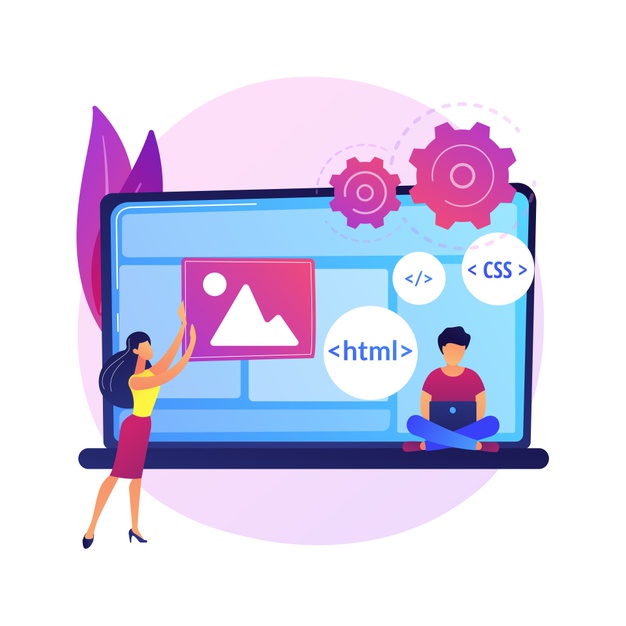When it comes to designing web applications and UX, HTML and CSS are arguably the best tools available. Here are some reasons why:
1. Semantic markup: HTML provides a semantic structure to your content, making it easier for search engines to understand your content and index it appropriately. This, in turn, helps to improve the visibility of your website and attract more visitors.
2. Consistency: With HTML and CSS, you can create consistent design elements that will appear the same way across different browsers and devices. This helps to provide a better user experience and reduce frustration for your users.
3. Separation of content and presentation: HTML and CSS allow you to separate the content of your website from its presentation. This means that you can make changes to the design of your website without having to modify the content, which can save you time and effort.
4. Accessibility: HTML and CSS are designed to be accessible to all users, including those with disabilities. By using semantic markup and proper coding techniques, you can ensure that your website is accessible to as many users as possible.
5. Speed: HTML and CSS are lightweight and load quickly, which helps to improve the overall performance of your website. This is especially important for mobile users, who may be using slower connections.
6. Flexibility: HTML and CSS are highly flexible and can be used to create a wide range of design elements, from simple text to complex layouts. This flexibility allows you to create a unique and engaging user experience for your visitors.
7. Compatibility: HTML and CSS are widely supported across different browsers and devices, which ensures that your website will look and function the same way for all users.
1. Browser Compatibility: HTML and CSS are universal languages that can be read by any browser, making them accessible to all users.
2. Flexibility: HTML and CSS allow for flexibility in design, making it easy to adapt to different screen sizes and resolutions, and create responsive designs.
3. Accessibility: With the proper use of semantic HTML and proper markup, web applications can be made more accessible to users with disabilities.
4. Performance: Using HTML and CSS allows for more efficient website performance compared to other design tools, such as heavy image files.
5. Consistency: HTML and CSS provide consistency in design, which is important for building a recognizable brand and user experience.
6. SEO optimization: Proper use of HTML and CSS can improve the website’s search engine optimization (SEO), making it easier to find on search engines like Google.
7. Ease of maintenance: HTML and CSS make it easy to maintain and update web applications since they are easy to read and understand.
8. Versatility: HTML and CSS are versatile tools that can be used in conjunction with other tools and technologies, such as JavaScript and backend frameworks.
9. Community: HTML and CSS have a large and active community of developers and designers, making it easy to find resources and support.
10. Cost-effective: HTML and CSS are cost-effective design tools since they require little to no licensing fees and can be used on any platform.
Overall, HTML and CSS provide a solid foundation for designing web applications and UX, offering accessibility, flexibility, consistency, SEO optimization, and more, making them the best design tools for web development.

